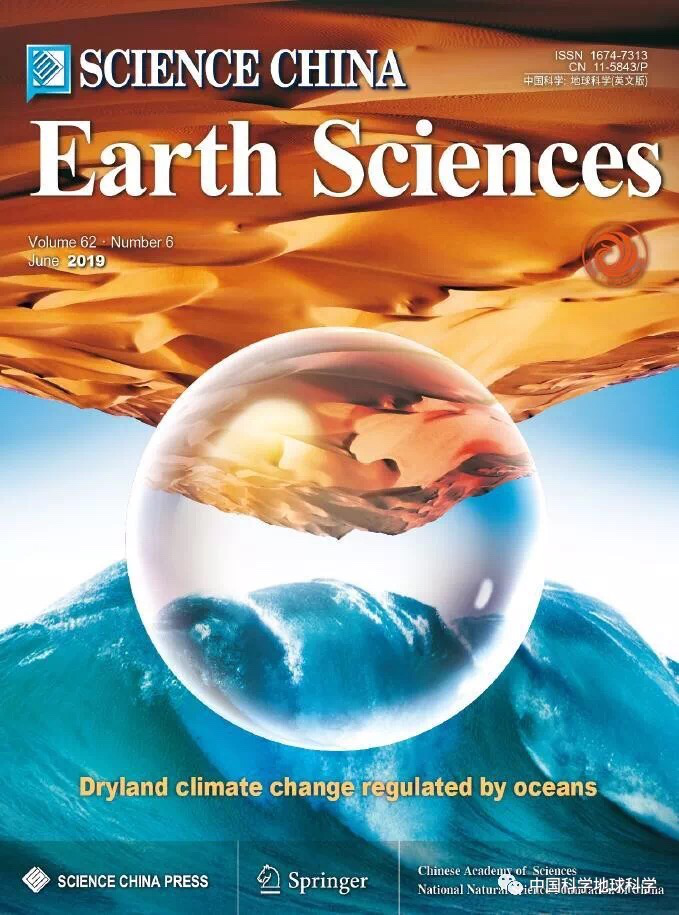Recently, the influential journal SCIENCE CHINA Earth Sciences published a paper called “Impact of oceans on climate change in drylands”, which was written by Prof. Xiaodan GUAN and Prof. Jianping HUANG, and 4 other authors.
The paper mainly describes that drylands account for approximately 41% of the global total land area. Significant warming and rare precipitation in drylands result in a fragile ecology and deterioration of the living environment, making it more sensitive to global climate change. As an important regulator of the Earth’s climate system, the oceans play a vital role in the process of climate change in drylands. In modern climate change in particular, the impact of marine activities on climate change in drylands cannot be neglected.
The paper reviews the characteristics of climate change in drylands over the past 100 years, and summarizes the researches conducted on the impact of marine activities on these changes. The review focuses on the impact of the Pacific Decadal Oscillation (PDO), Atlantic Multidecadal Oscillation (AMO), El Niño and La Niña on climate change in drylands, and introduces the mechanisms by which different oceanic oscillation factors synergistically affect climate change in drylands. Studies have shown that global drylands have experienced a significant intensification in warming in the past 100 years, which shows obvious characteristics of interdecadal dry/wet variations. The characteristics of these changes are closely related to the oscillatory factors of the oceanic interdecadal scale. Different phase combinations of oceanic oscillation factors significantly change the land-sea thermal contrast, which in turn affects the westerly jet, planetary wave and blocking frequency, resulting in changes in the temperature and dry/wet characteristics of drylands. With the intensification of climate change in drylands, the impact of marine activities on these regions will reveal new characteristics in the future, which will increase the uncertainty of future climate change in drylands and intensify the impact of these drylands on global climate.





